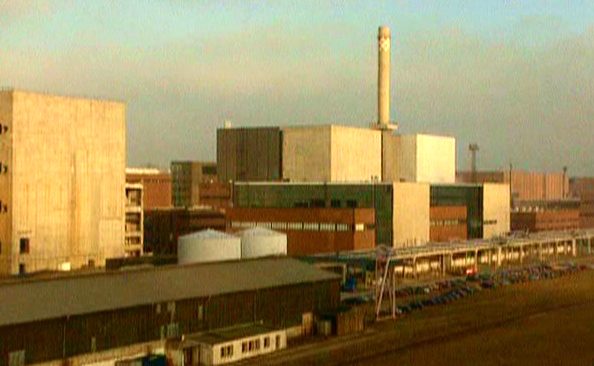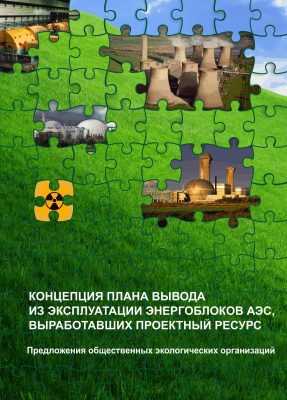1. Inherent lifecycle limits of nuclear reactors
The world experience shows that a power unit decommissioning requires considerable intellectual and material resources and careful planning. It is necessary to develop special legislation, establish infrastructure for solving this problem, which requires innovative political, engineering and social solutions. Last but not least: well-organized skilled personal is indispensable, as well as effective public monitoring of the process safety.
The tremendous costs of NPP decommissioning make their owners wish for an operation that is as long as possible in order to maximize revenue. But there are natural reasons, which dismiss the wish to eternally prolong the reactor's lifecycle.
Uranium-graphite reactors have been and continue to be widely operated in the former
USSR and Russia. This type of reactor was developed from the defense program-oriented
reactors used for producing weapons-grade plutonium. The USSR built 21 reactors of this type (17 RBMK reactors and 4 - EGP-6).
For safety reasons this reactor design has not been accepted elsewhere in the world. Therefore, there is no experience elsewhere in the world with their operation. Of all RBMK power units built in the country twelve reactors are in operation still including three power units of the first generation, which were commissioned in 1973-1976.
They underwent a large-scale modernization and received a license for another 5-year operation term. A political decision on the extension of their lifecycle limit for 15 years has been taken. These decisions were taken without the environmental impact assessment and the public participation required by the Russian legislation. Further prolongation is not possible, because the neutron flux causes the degradation of graphite reactor cladding, which moderates the neutrons.
RBMK graphite keeps the acceptable properties of a moderator for operational neutron fluxes only for 48 - 53 years.
The VVER reactors have technological limits to their safe operation, which are related to the neutron embitterment of reactor vessel. The moment comes when it is not possible to continue safe operation of such a reactor due to the hazard of vessel failure at the emergency cooling in case of the main cooling line rupture. Some technological solutions
enable the extension of the period of safe operation. E.g. in the USA the lifecycle of pressurized water reactors has been extended to 60 years.


This topic describes the practical experience of decommissioning of those countries that first encountered the problem. This experience can be useful for those countries that are just embarking on this process.
Лекции этой темы:
- 01. Inherent lifecycle limits of nuclear reactors
- 02. Lithuanian experience of Ignalina NPP decommissioning
- 03. German experience of NPP Nord (Greifswald) decommissioning
- 04. Charter of the Public Council on the nuclear energy issues in the Land of Meklenburg, Vorpommern, Germany
- 05. Lithuanian experience of Iganlina NPP Decommissioning Fund establishment and running
- 06. Act on social guarantees for the employees of decommissioned Ignalina NPP
TOPIC OF COURSE
- Topic 01. Current condition of nuclear energy
- Topic 02. Legislation in the US and in Russia
- Topic 03. International law in the sphere of decommissioning
- Topic 04. Role of the national regulators in the decommissioning process
- Topic 05. Possible approaches and scenarios of decommissioning
- Topic 06. Existing experience of decommissioning
- Topic 07. Strategy for handling radioactive waste (RW) and spent nuclear fuel (SNF) USA experience
- Topic 08. Strategy for handling RW and SNF Russian experience & other countries
- Topic 09. Social aspects of decommissioning
- Topic 10. International and inter-regional cooperation for safe decommissioning
